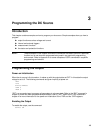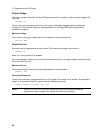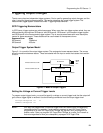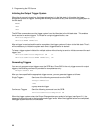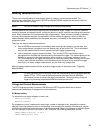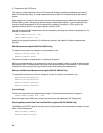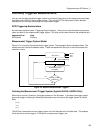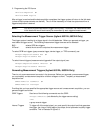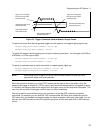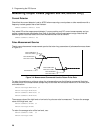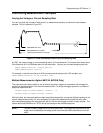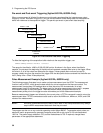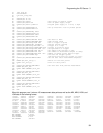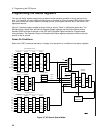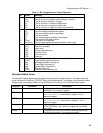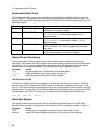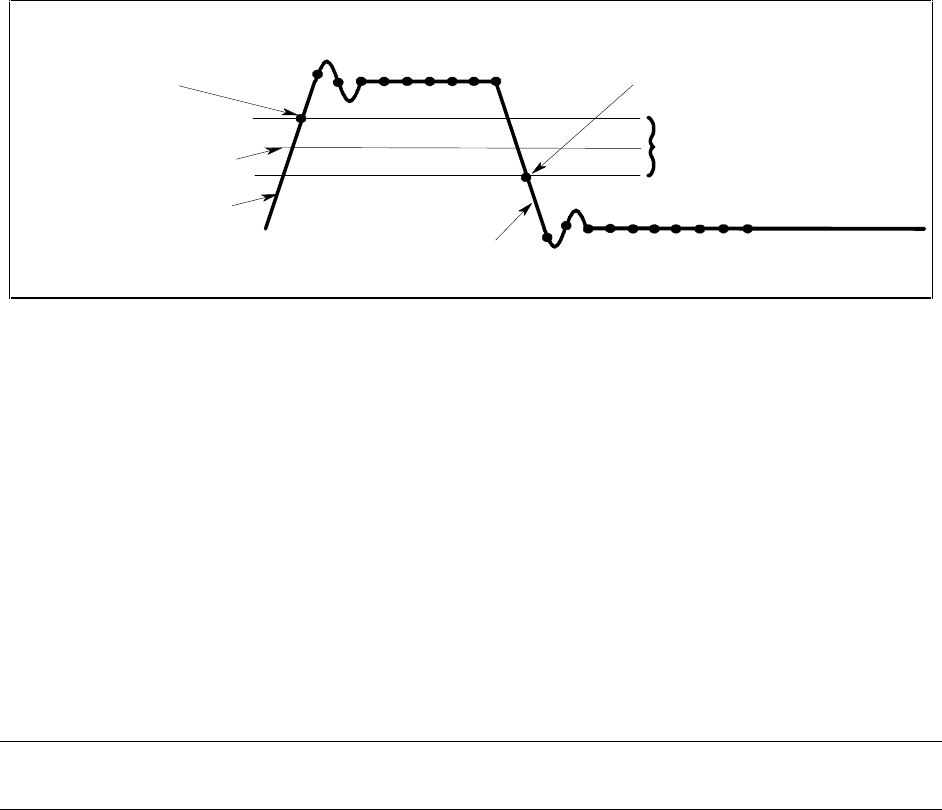
Programming the DC Source - 3
27
TRIG:ACQ:SLOP:CURR
TRIG:AC
Q
:LEV:CURR <level
>
TRIG:ACQ:HYST:CURR <value>
Tri
gg
er occurs on risin
g
ed
g
e
when si
g
nal crosses positive
h
y
steresis band limit
TRIG:ACQ:HYST:VOLT
TRIG:ACQ:SLOP:CURR NEG
TRIG:ACQ:SLOP:VOLT
TRIG:ACQ:SLOP:VOLT
TRIG:ACQ:LEV:VOLT
Trigger occurs on falling edge
when signal crosses negative
h
y
steresis band limit
Figure 3-3. Trigger Commands Used to Measure Output Pulses
To specify the output level that will generate triggers for both positive- and negative-going signals use:
TRIGger:SEQuence2:LEVel:CURRent <value> or
TRIGger:ACQuire:LEVel:CURRent <value>
To specify the slope on which triggering occurs use the following commands. You can specify a POSitive,
a NEGative, or EITHer type of slope.
TRIGger:SEQuence2:SLOPe:CURRent <slope> or
TRIGger:ACQuire:SLOPe:CURRent <slope>
To specify a hysteresis band to qualify the positive- or negative-going signal use:
TRIGger:SEQuence2:HYSTeresis:CURRent <value> or
TRIGger:ACQuire:HYSTeresis:CURRent <value>
NOTE: When using internal triggers, do not INITiate the measurement until after you have
specified the slope, level, and hysteresis.
When the acquisition finishes, any of the FETCh queries can be used to return the results. Once the
measurement trigger is initiated, if a FETCh query is sent before the data acquisition is triggered or before
it is finished, the response data will be delayed until the trigger occurs and the acquisition completes. This
may tie up the controller if the trigger condition does not occur immediately.
One way to wait for results without tying up the controller is to use the SCPI command completion
commands. For example, you can send the *OPC command after INITialize, then occasionally poll the
OPC status bit in the standard event status register for status completion while doing other tasks. You can
also set up an SRQ condition on the OPC status bit going true, and do other tasks until an SRQ interrupt
occurs.



